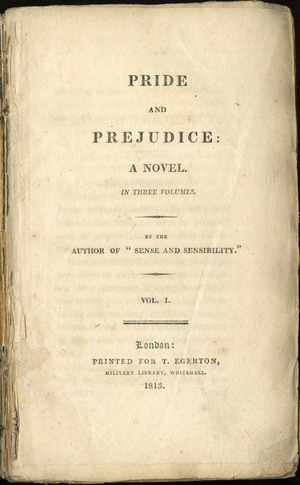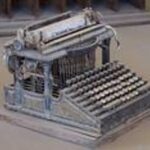Different writers have different strengths. Some are great at developing a plot. Others are good at creative ideas. In that same train of thought, different writers also have different areas that prove to be hurdles for them. I’m not talking about a simple case of writer’s block. Though some writers are good in all areas of the written word, many have an area that they find to be more of a challenge than the rest.
A big challenge that some writers have is developing characters for a work of fiction. While this may seem easy to those authors who don’t have this hurdle, making a character that you can write about clearly while still making them appealing to your reader can prove to be a bit of a challenge. It’s not always easy to make a protagonist that your audience cares about, nor is it easy to make an antagonist that your audience wants to see defeated.
If the challenge of making characters proves to be your downfall, try some of the following tips to help get you started. Once you get past the hard part, the rest of your story will fall into place.
1. Pick the perfect name – What’s in a name? When it comes to story writing, there’s a lot to a name. It’s hard for an author to feel a true connection with the characters they’re writing if the name doesn’t feel right. Unfortunately, this sometimes proves to be the hardest part. With all the monikers out there, how do you pick just one? If you’re going for something fairly common, pick a name off the top of your head. Use the name of a co-worker, a friend, a family member, or listen to the TV for awhile and one will pop out at you. For something more exotic, do a search for a name website or look around your room for something cool that will give you inspiration. Don’t think you have anything? Look at a lamp at the name “Brilliance” might come to mind. Yes, it’s strange…yes it’s different. But that’s the beginning of a unique and wonderful character.
2. Give details to the physical description – When people read, they generally do it by forming pictures in their head of the events of the story. You want to give your characters tangible physical descriptions to make your reader more easily able to imagine the plot as it progresses. Remember to give the basics, such as eye color, hair color, stature, and any defining features. Tattoos and birthmarks make your characters stand out. Though you don’t have to describe everything they wear throughout the whole of the book, make sure to give details of their style with a few quips here and there. A “narrow nose” or “supple hands” also give the reader more imagery. Go ahead and overdo it. The more detail, the better.
3. Personality will help the story along – By giving your character the perfect personality, your plot will flow in ways you might not have thought. After all, life is usually manipulated by how one looks at it. Narrow down your character’s overall personality. Are they shy, outgoing, friendly, hateful, wary, or overly happy? Do they have any health or mental health issues that affect their personalities? Give your character some character, and then give them quirks to add to it, like a phobia or an affinity for something unusual. Some of the best characters in literature were far from the norm. That’s what makes them memorable.
4. Make your reader love them…and hate them – The trickiest part to developing a character is making one that your reader will feel close to, for better or for worse. Many writers have one character that the audience loves and one that the audience hates. While there’s nothing wrong with this way of development, if you want to challenge yourself, make your characters so that the reader will feel a mix of emotions toward each one of them. Show their good and bad sides by playing them off other characters in the story. Use your power as the author to give the reader insight into your characters’ thoughts with no holds barred. A good character is a realistic one with positive and negative traits.
5. Draw from your life experience – Good writers write what they know, and some of the bestselling authors will be able to pinpoint which part of themselves can be found in their novels. While your characters are fictional, don’t be afraid to put a little bit of yourself in them. Did you grow up in a non-traditional family? Or did you move around a lot? Use what you know from those experiences to write your character. Give them some of the quirks you yourself have, even if you would never admit to having them. The reality of these things will give your characters the edge needed to be written well and be memorable.
Don’t let the problem of being unable to come up with characters keep you from writing. My suggestion is to take a notebook and keep all the details of all your characters in one place. Even if you don’t have a story for them yet, make them, develop them, and look back at them later when you need the perfect figure for a piece of work. Once you have your characters, you’ll feel connected to them and the story will flow that much easier.



